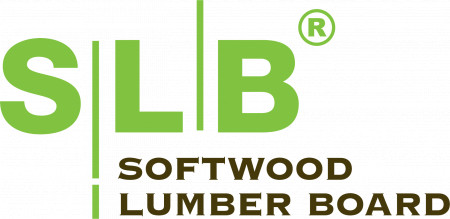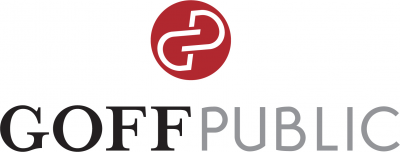Wood's Role Solving the Industry's Carbon Challenge and Expansion of SLB's Education Offerings Highlighted in SLB Q1 Report

OREGON CITY, Ore., June 29, 2021 (Newswire.com) - The Softwood Lumber Board (SLB) recently published its 2021 Q1 Report, which recaps the SLB's progress in growing incremental demand for the softwood lumber industry. Since its inception, the SLB has promoted wood's sustainability credentials and is, in partnership with its funded programs — the American Wood Council (AWC), Think Wood, and WoodWorks, aggressively working to communicate and to amplify wood's environmental benefits with science and verified research.
"It is critical for building design and construction professionals, developers, and their clients to understand wood's role as a leading climate solution," explained Cees de Jager, SLB President and CEO. "Forest products offer a meaningful and measurable solution to reducing the environmental footprint of the built environment and helping convert the construction sector from a carbon emitter to a carbon sink. The SLB and its programs will continue to leverage the opportunity to expand our market share by promoting the compelling value proposition lumber-based building systems offer."
Highlights from Q1 include:
- The carbon benefit for reported projects in the quarter is the equivalent of taking 300,000 cars off the road for a year or 1.1 million metric tons of carbon dioxide.
- An incremental demand of 387 million board feet was generated by the SLB and its funded programs.
- The AWC testified on numerous proposals during the International Code Council (ICC) Group A Code Development Hearings. This work is helping to advance proposals to increase the allowable area of exposed mass timber ceilings, add two new wood fire-resistance-rated floor/ceiling assemblies to code, and delay the installation of costly noncombustible topping on CLT floors during construction.
- Think Wood and WoodWorks released the Mass Timber Design Manual, which to date has over 8,500 downloads and led to the identification of over 130 potential building projects.
- WoodWorks directly converted 111 projects, with 416 projects being influenced, representing nearly 20 million square feet of wood construction and an incremental 188 million board feet of demand.
- 450 new users joined the Wood Institute, an online education portal for specifiers, builders, code officials, and other industry professionals, in Q1 and users completed 719 courses for a total of 940 learning hours.
The SLB continues to support specifier education as a key investment to enable the expanded use of softwood lumber products. The SLB is now expanding its education program to include postsecondary and graduate programs in its outreach to help design and building professionals, developers, and contractors discover offerings, reach new audiences, and seed innovation.
In partnership with the Association of Collegiate Schools of Architecture (ACSA), the SLB is excited to launch several architecture-focused programs, including Timber in the City: Urban Habitats Competition and the Timber Education Prize.
Additionally, the SLB is continuing to focus on the Wood Institute, which was launched in July 2020, by adding course content daily and nurturing users to develop leads for potential project conversions. With the SLB's growing portfolio of education offerings, Simon Hyoun recently joined the SLB team as the Senior Director of Education, Events, and Communications. Hyoun spent the last 17 years with Zonda (formerly Hanley Wood), where he led marketing, client services, and editorial development efforts.
For more information on the SLB's impact and strategy for the remainder of 2021, download the full 2021 Q1 Report.
About the Softwood Lumber Board:
The Softwood Lumber Board (SLB) is an industry-funded initiative established to promote the benefits and uses of softwood lumber products in outdoor, residential, and non-residential construction and to increase demand for appearance and softwood lumber products. Through strategic investments in pro-wood communications, standards development, design and engineering assistance, research, demonstrations, and partnerships, the organization seeks to make softwood lumber the preferred material choice from both an economic and environmental standpoint.
For more information about the Softwood Lumber Board, visit www.softwoodlumberboard.org.
Media Contact:
Ryan Flom
Softwood Lumber Board
971-339-4934
info@softwoodlumberboard.org
Source: The Softwood Lumber Board
